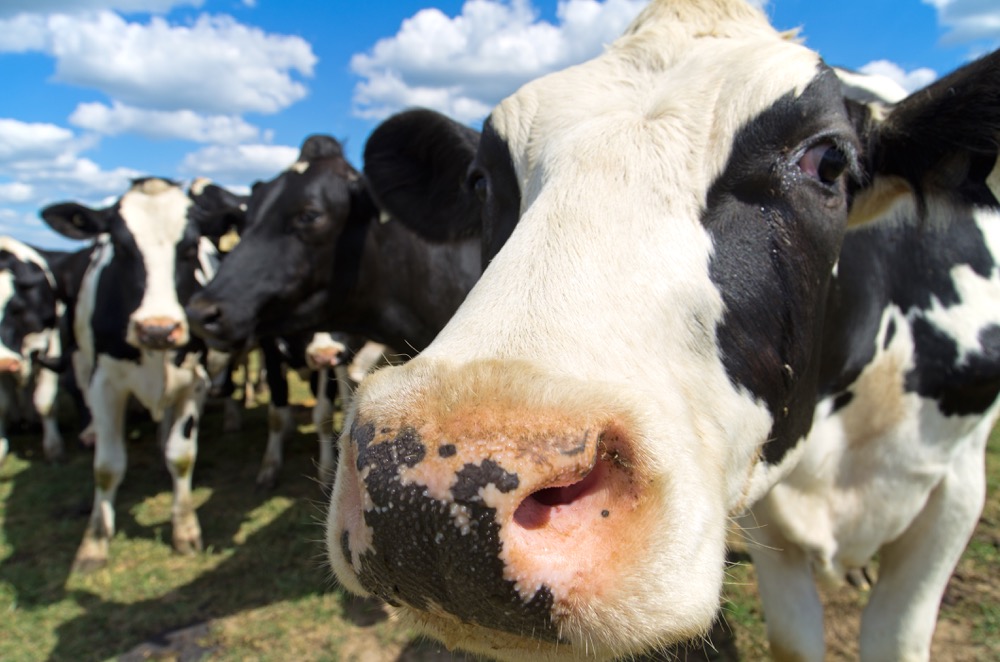The migration of rural persons to cities hit a historical milestone in 2008 when urban residents outnumbered those in rural areas.
The result has been congestion in cities that were ill prepared for this growth and an intense pressure on rural areas to produce more food with less people. The United Nations claims six out of 10 persons are now living in urban centres. With population growth set to hit nine billion by 2050, the urban portion will be 5.4 billion persons, most of which will live within 80 kilometres of a shore (as ports are central to trade). The foundation of all civilization is farming but arable lands — those areas capable of growing food — are increasingly being buried under cities.
Read Also

Guarding against misinformation: Do you believe in house hippos?
Misinformation and disinformation run rampant in today’s digital age. Farmers must be wary of the digital dangers and know how to keep themselves safe.
The solution to the loss of productive land and rural labour might lie in the cities themselves. Rooftops, balconies, green spaces, and vertical farming models are now being incorporated into commercial and local food production and many believe urban farming will be a major source of food in the future.
But food is fleeting in the city.
A visit to the back of a grocery store reveals little inventory as the business model is dependent on timely delivery. These delivery systems are highly consolidated and few in number — it begs the ‘what if’ question of a delivery malfunction. Any break in the linkage from food production and processing to consumption — be that due to logistic interruption, corruption, spoilage, war, trade issues, or the consumer’s inability to pay — puts the safety, security, and economic capability of that population at risk. In other words, no food equates to unrest, a slippage in health, and that population’s ability to deal rationally with the problem.
- More with Brenda Schoepp: If it is happening in research, it is happening here in Alberta
Being fed means access to food and water. As urbanization pressures water resources, the question of access and allocation of fresh water becomes very complex and can be a defining point in the survivability of a city, in the food production systems, and the waste management within it. Solutions may be found in the cities themselves with policies that prioritize water quality and availability.
Organic and non-organic waste issues plague urban centres around the globe. The world produces 4.7 million tons of garbage per day and that is expected to increase to six million tons by 2025. A lack of infrastructure to handle waste from growing populations can be observed worldwide such as in parts of India where waste disposal does not exist. In some areas, waste problems are so complex that there is not a viable solution because it would mean displacing people (which would require a very strong and committed government).
Can it work when public and private sector interests merge? It has in Sweden, which is a zero-waste nation that imports garbage to generate power.
Temporary solutions may reside in creative disposal such as building ski hills (such as The Rock and Mt. Brighton in the U.S.) or land bases for recreation use but long-term solutions are in behavioural change. (The Los Angeles Puente Hills Landfill covers 700 acres and is 500 feet high).
But let’s take a look at the loot in the dump. In the United States, landfills take in 3.5 million tons of disposable diapers, 10.5 million tons of fabric and clothing, and 10 million tons of dog manure in plastic bags each year. This is reflective of a culture of waste and can be offset through initiatives such as alternate practices in the recycling of clothing and fabric along with anaerobic digesters for organic waste and waste-to-energy programs. Developed nations cannot point a finger at the developing nation that suffers from infrastructure issues when this type of waste is by consumer choice. Water and energy are also used in the production, packaging and distribution of diapers, dog-do bags, and dresses.
The largest garbage dump may still be the sea, such as the Pacific Trash Vortex that has an undefined amount of waste within it. We cannot continue to jeopardize our water. Water and infrastructure play a role in waste mitigation as many areas of the world lack potable water to drink, clean, and cook food with. They also suffer a shortage of non-potable water required for working sewage systems, cooling, and appropriate sanitation. One in 10 persons on the globe lacks access to clean water, and one in three does not have access to a toilet.
Urban food production is important as are reliable food distribution programs. Water is the essential element in the health, wealth and longevity of a city.
But it is the culture of waste that will continue to challenge and define cities in the future.
















